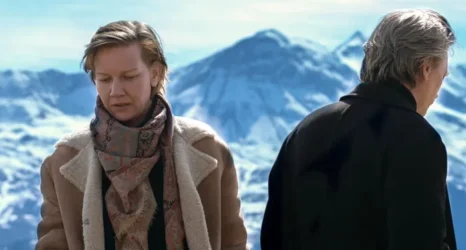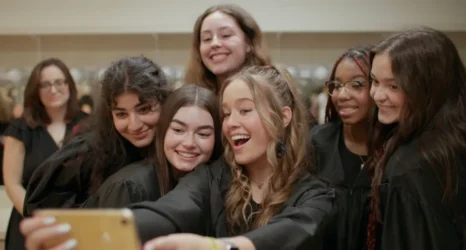Sexual violence against marginalized women often evades the legal system. Thousands of homicides go unsolved every year. But not when confronted by New York Times best-selling author Jillian Lauren.
Host of the haunting new docuseries Confronting a Serial Killer, Lauren chronicles conversations with Sam Little in which he confessed to strangling 93 women over four decades across the country. That’s more murders than Ted Bundy, John Wayne Gacy and Jeffrey Dahmer combined. How did he get away with it?
Little evaded law enforcement because he targeted those society devalues—minorities, prostitutes, drug addicts, the poor. Lauren, herself an abuse survivor, reclaimed the stories of these forgotten women by coaxing details from Little and matching them to solve cold cases. Though the individual deaths did not make national headlines, these women mattered. They were mothers, daughters, wives, sisters and friends whose loss led to multi-generational traumas. The legal system failed them, but Lauren’s pursuit offers a form of restorative justice.
Renee Knake Jefferson recently talked with Lauren about misogyny, race, injustice and more.
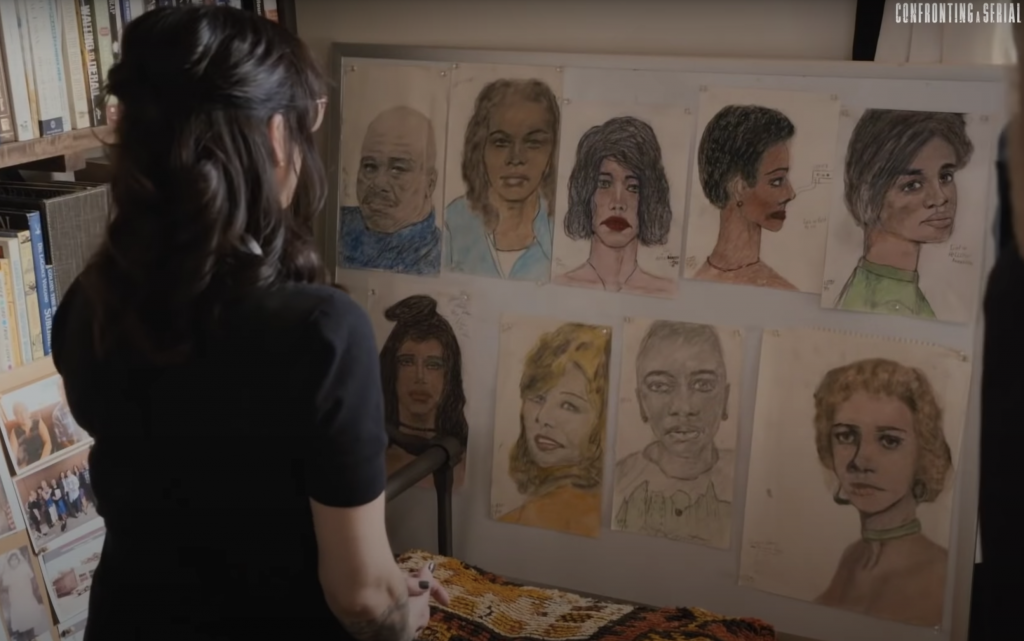
Editor’s note: This interview has been edited for clarity and length.
Renee Knake Jefferson: How did you end up starring in a show about a serial killer? Why is this the story you wanted to tell?
Jillian Lauren: It wasn’t. I think the story finds us. I was writing a mystery novel. I really wanted to depart from nonfiction to explore sexuality and violence from a woman’s voice and perspective. In doing so, I interviewed Los Angeles Police Detective Mitzi Roberts. I asked her, “What were you most proud of in your career?” And she said, “Well, I’m proud of them all, but I did catch this serial killer once. That was pretty cool.” She believed that there were many more victims across the country.
Jefferson: And you thought, there’s my story?
Lauren: I immediately put my novel on the shelf. And really it was the story for me because I have a history of domestic violence and abuse and I connected immediately to the victims. It was truly shocking to me when I first saw Sam Little’s rap sheet, because it was such a miscarriage of justice—a four-decade miscarriage of justice that included three murder trials before the fourth one, where he was actually convicted. I was compelled to go after the story.
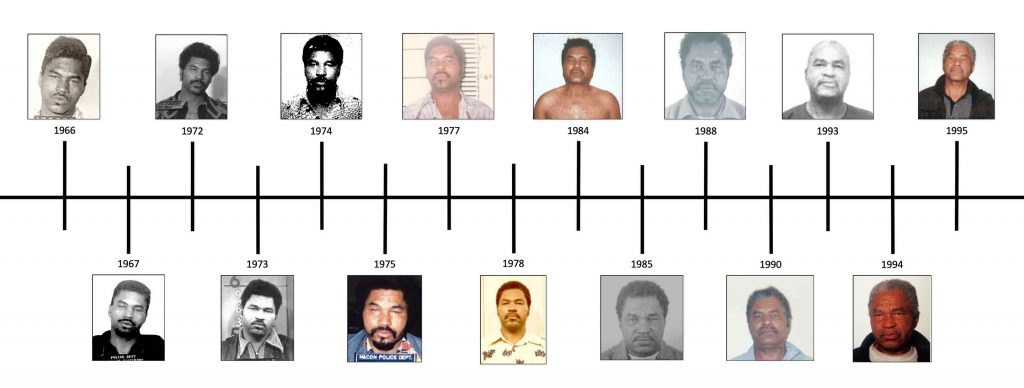
Jefferson: In going after the story, you ended up in years of daily dialogue with a serial killer. What was that like, to talk to him knowing that one of his greatest desires probably was to kill you?
Lauren: When I first met with him in person, we were in the general visiting room. It wasn’t the movie version where there’s a piece of glass in front of you and a telephone. I was sitting next to him at a plastic table with vending machines along the wall. I was a foot from his face when he started confessing. It was my first time in a men’s maximum security facility. I had to chew the underwire out of my bra to get through the metal detector. I was sort of in survival mode, just get through. Phone calls happened later, and built in intensity and became an everyday thing.
Jefferson: Did you feel any humanity in your interactions with him? Or was it complete darkness?
Lauren: I experienced Sam as different people. I have names for them. There’s “perv grandpa.” So that’s like nice Sam, but still pervy. Then there’s “three-card Monte,” who’s trying to get me to buy him canteen snacks. And “snake monster,” when he would talk about the murders. He would pantomime the murders and women’s voices.
Jefferson: He also drew pictures of his victims, yes? And gave them to you? How many pictures did you receive from him?
Lauren: I have 121. Not all were his victims; some were celebrities…though he never would have called them his victims. They were always his “babies.” The drawings were interesting to me because it was hard for me to reconcile how much you have to look at somebody to draw them, to render them, and then to also find them completely disposable at the same time. Some of those pictures were used forensic evidence that helped solve cases. You can go on the FBI website and see some that are still being used to solve cases.
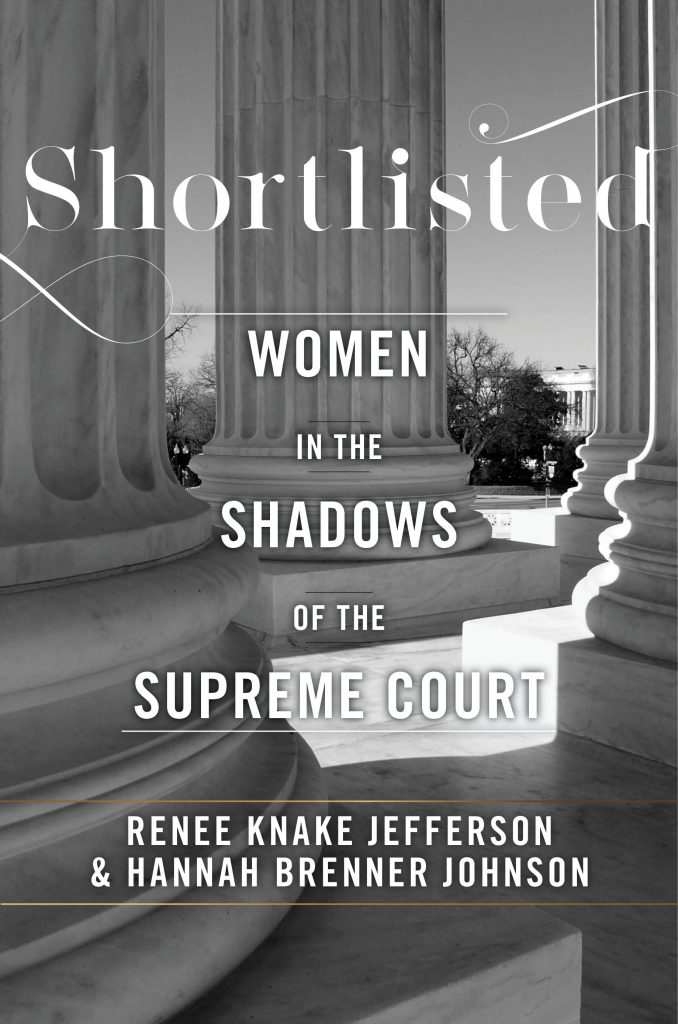
Jefferson: I want to ask you about the power of collective story-telling. In my own book Shortlisted: Women in the Shadows of the Supreme Court, I’ve written the untold history of nine women who were considered before Sandra Day O’Connor became the first female justice. Their individual stories deserve telling in their own right. But their stories woven together led me to powerful conclusions exposing massive structural inequalities in our political institutions and justice system.
Did you find a similar dynamic as you learned more about the stories of the women Sam murdered?
Lauren: That’s a fantastic question. I sort of resist the idea that I can make a collective judgment because my experience of the victims was individual and so unique.
I can say that absolutely there’s an institutional bias. I talked to a cop who told me that it really wasn’t possible to commit a crime against a Black prostitute in Mississippi in the early eighties, that it was common to call a homicide of a woman of color or a prostitute or a drug addict as “no humans involved.” A lot of times the crimes were not attributed as homicides. Instead, they were called overdoses, or they froze to death under a mattress with their skirt over their head.
I do think that there are efforts now being made now to change this, both on the part of the media and in the law enforcement and criminal justice system.
Jefferson: At one point in the docuseries, you say, “I want to understand violence against women in this culture and why it is so summarily dismissed.” What have you learned through this project?
Lauren: I still don’t think I really understand the impulse to control and own and hurt another person, which is at the heart of what’s going on here. Sam Little is obviously a very, very extreme example. He is the most extreme example in American history of violence against women. He’s the most prolific serial killer in American history, and he killed for sex. Everyone wants to turn their head from extreme violence, but I still can’t stop looking at it.
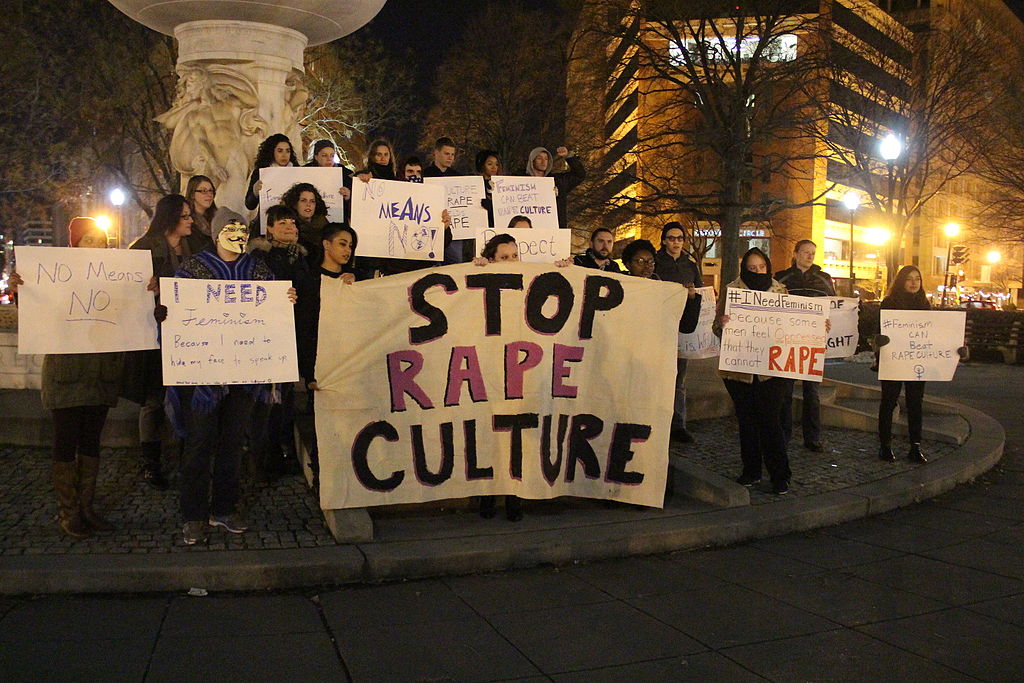
Jefferson: You were present in the courtroom when Sam confessed to three of the murders. It reminded me, in some ways, of the courtroom where more than 150 women abused by Larry Nassar, the Olympic gymnastics physician, confronted him. Of course the victims of Sam are no longer able to confront him, but you were there. Why was it important to be in the courtroom?
Lauren: It is public accountability. To be in that room, it was really moving to hear him plead guilty and have a judge who was extremely respectful, who really explained and made sure that Sam knew what he was doing. A lot of people say, why treat him respectfully? What does he deserve? I say he deserves the dignity of a court of law because we’re dignified. Not because he is.
Jefferson: Let’s talk about race. As a Black man, perhaps part of why Sam was able to evade arrest over the years is that he did not fit the “profile” of a typical serial killer. You are a white woman, giving voice to Black, brown and white women forever silenced by Sam.
As I watched the docuseries, I thought about these dynamics in the context of my own interracial marriage and I wondered how your views on race evolved as you worked on this project?
Lauren: My views of race changed in terms of understanding the law and criminal justice. It was really a revelation, learning about the history of who was listened to and who was ignored, you know, when the police paid attention and when they didn’t.
It’s not just police. It’s judges, it’s juries, it’s all of us. My ideas around race also started evolving after adopting Black children, and also the social justice movements that have been happening over the last couple of years and Black Lives Matter. I think that this is an incredible time, and I’m learning every day. This project was a perfect storm [to learn more about race].
Jefferson: Some of the most gut-wrenching moments come when you interact with family members who lost their mother or sister or daughter or friend. What did you say when you met with them?
Lauren: I was flying by the seat of my pants. If you think talking to a serial killer is scary, talk to somebody in pain and also be somehow responsible to hold that pain. That’s scary. I really played it by ear, depending on what people wanted to know.
In many instances, I was talking to victims’ families to learn their stories. And then I was also in this unique position that I sometimes knew details of murders that the families didn’t know. Some of them really wanted to know everything and some of them didn’t want to know anything. So I went very slowly and I allowed them to lead me, in terms of what they wanted and needed. And then also I asked my questions that I needed for my story about the multi-generational ripple effect of violence, the impact on the families. It’s profound.
Jefferson: You are a survivor of abuse. Have you confronted your own abuser directly, or is this project your way of doing so?
Lauren: That’s a really good question. The first and most memorable, certainly, as I said, there’s a ripple effect of violence and, you know, he definitely wasn’t the last … that’s a part of how it works.
I was 12. He was 21 when I met him. I spent many years of justifying it and saying that, you know, I was in love with him and I essentially asked for it. I was never able to confront him because he shot his wife in the face with a shotgun at close range multiple times and then killed himself. He was a police officer in Dallas. It was a murder-suicide, and I was never able to confront him. I thought: Wow, what if somebody had called his actions criminal at that time [when he abused me]? So yes, this is my way of confronting him.
Jefferson: In the final episode you say the story will be over when Sam dies. He died in December 2020, after you completed filming. Is the story over?
Lauren: I was wrong. Of course not. When he died, the story changed entirely. I had to rewrite the ending of the book. [Lauren’s book Behold the Monster: Confronting America’s Most Prolific Serial Killer and Uncovering the Women Society Forgot will be published by Dutton.] It is both disappointing and a relief to me that he’s gone. There are all these unsolved murders and I’m setting up a dedicated website for the victims and unsolved victims. I think it will never be over.
The FBI continues to collect information related to the Sam Little murders. Please contact the FBI at 1-800-CALL-FBI or submit a tip online at tips.fbi.gov.
You may also like:




